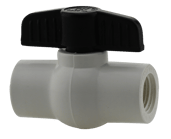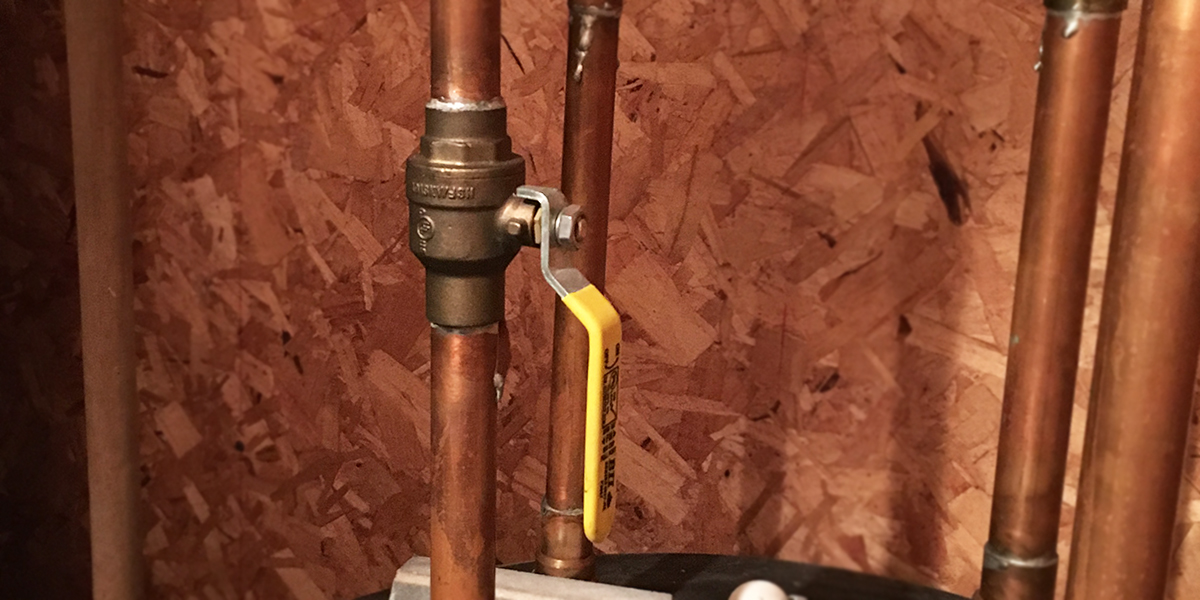BoshartU was born from a collaboration with multiple departments at Boshart like Quality Assurance, Research and development and Sales and Marketing. We write blogs to educate you on plumbing, water well, Waterworks, HVAC, irrigation, industrial, pool and spa and sump and sewage products.
We have created a series where we take our blogs, starting from the very beginning, and put them into videos.
To view all of our blogs that we have turned into videos, head to BoshartU & don’t forget to subscribe!
This video is based off of a blog we wrote called “What the Heck is a Ball Valve?". The original blog was published on July 3, 2019. To view the original blog, check it out here. Or, read the transcript below.
Transcript
Introduction
Hi, I’m Braedlyn McEwen and today we are going to talk about Ball valves.
There are many types of valves out there and we often hear about "ball valves". Have you ever wondered what sets a ball valve apart from other kinds of valves? In this video, we will explore the definition of a ball valve, the benefits, and different types of balls used in ball valves.
Ball Valves Defined
Ball valves use a handle to turn a ball in the valve, with a hole or port through it. The ball is used to allow or prevent flow through the valve depending on its position. If the hole is aligned with the pipe, flow continues through the valve; if the hole is perpendicular to the pipe, flow will stop at the valve. It’s really that simple!
allow or prevent flow through the valve depending on its position. If the hole is aligned with the pipe, flow continues through the valve; if the hole is perpendicular to the pipe, flow will stop at the valve. It’s really that simple!
Not all ball valves look the same and some have special uses, but they all have the same concept.
Did you know? Ball valves are considered ¼ turn valves because of the quarter turn that is required to close the valve.
The Benefits of Ball Valves
- Easy to see if it is open or closed. When the handle is in line with the pipe you can easily tell that the valve is open; and when the handle is perpendicular to the pipe the valve is closed. This is a great visual indication of whether there is flow through the valve or not.
- Operation after years of disuse is easy. The durability of ball valves allows them to work and completely shut off flow after years of disuse. This provides extra peace of mind.
- Quick shut off. The motion that is required to operate a ¼ turn the valve is quick and minimal compared to gate valves. Water hammer is a possibility if the flow through the valve is strong enough to vibrate the line when it comes to an abrupt stop as the valve is quickly shut off.
- A more compact and economical valve. Thanks to the design of ball valves they are more compact than gate valves. Gate valves are taller and require more space, as the gate needs a place to go to allow the flow to travel through the valve. By using a rotating ball, ball valves are smaller and require less material.
Different Types of Balls
There are three different types of balls that can be found in ball valves. For each of these three types, the outside of the ball needs to be smooth and the surface gets ground down to remove any dips or imperfections on the surface. As the material cools, the shape may change, resulting in more or less grinding.
The three types are hollow, solid, and cored, so let's take a closer look at each of them.
Hollow Ball
The hollow ball has a cavity that goes from an open hole in the bottom of the ball to the top where the valve stem is inserted. Hollow balls require less material to construct, making them more economical, but may require more grinding to get the dips out.
Solid Ball
The solid ball is molded as one solid ball, larger than required, to account for any shrinkage and grinding. Solid balls are usually more expensive to manufacture as they require more raw material and grinding to get them to the perfect round shape.
Cored Ball
The cored ball is cored through the center, leaving a consistent wall thickness around the whole ball. This ensures that the ball cools more evenly, again decreasing the amount of grinding required once it has fully cooled. These types of balls are becoming more popular due to the cost savings compared to solid balls.
In Summary:
Ball valves are ever-increasing in popularity due to their compact design and ease of use. There are many options in the market when it comes to different types of ball valves, but all follow the same concept and have many of the same benefits. Thanks for watching and have a good day.
This video is based off of a blog we wrote called “What the Heck is a Ball Valve?". To view the original blog, check it out here.
Have further questions about this subject?
Head over to Boshart's Knowledge Base: technical product information, guidelines, and more.






SHARE